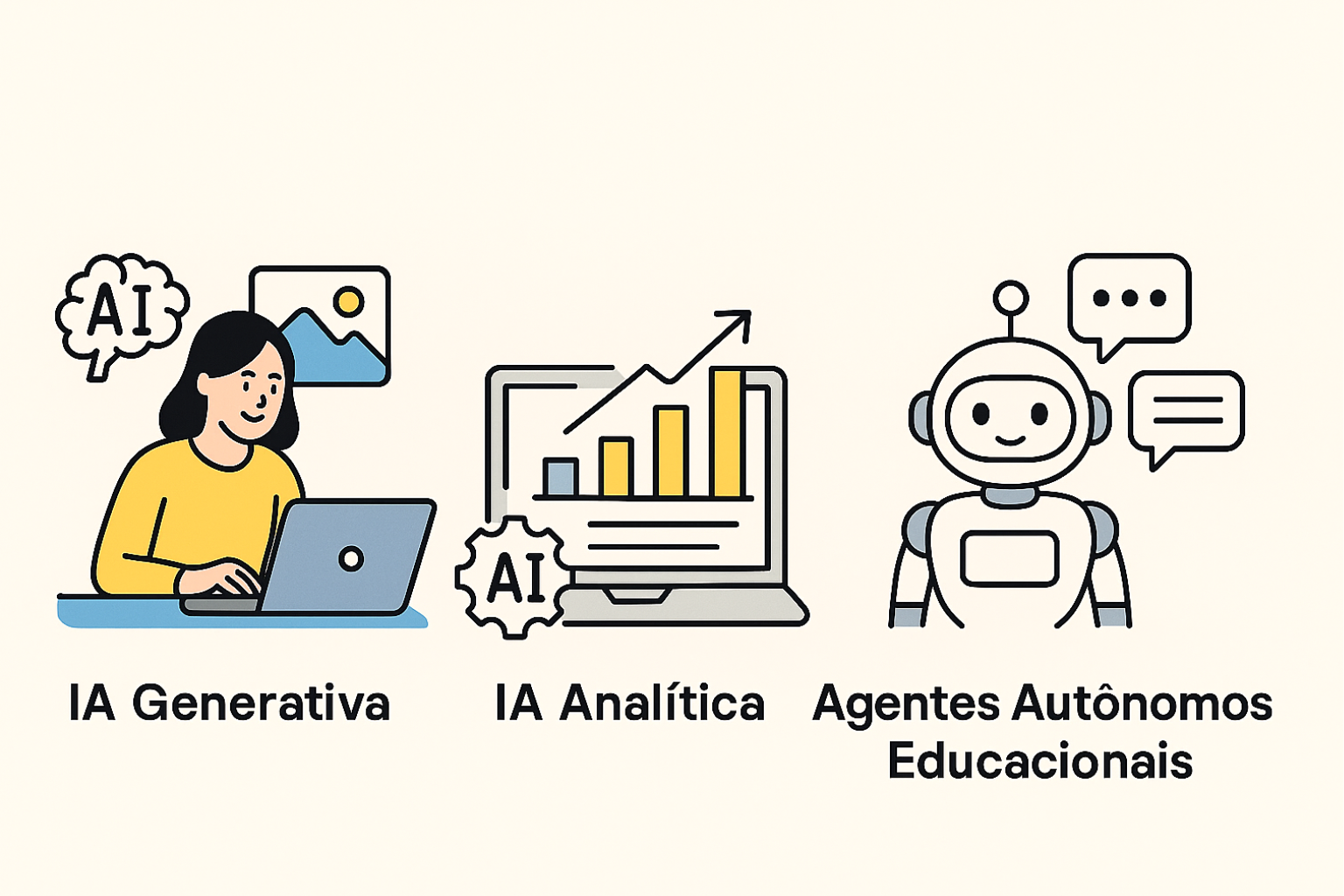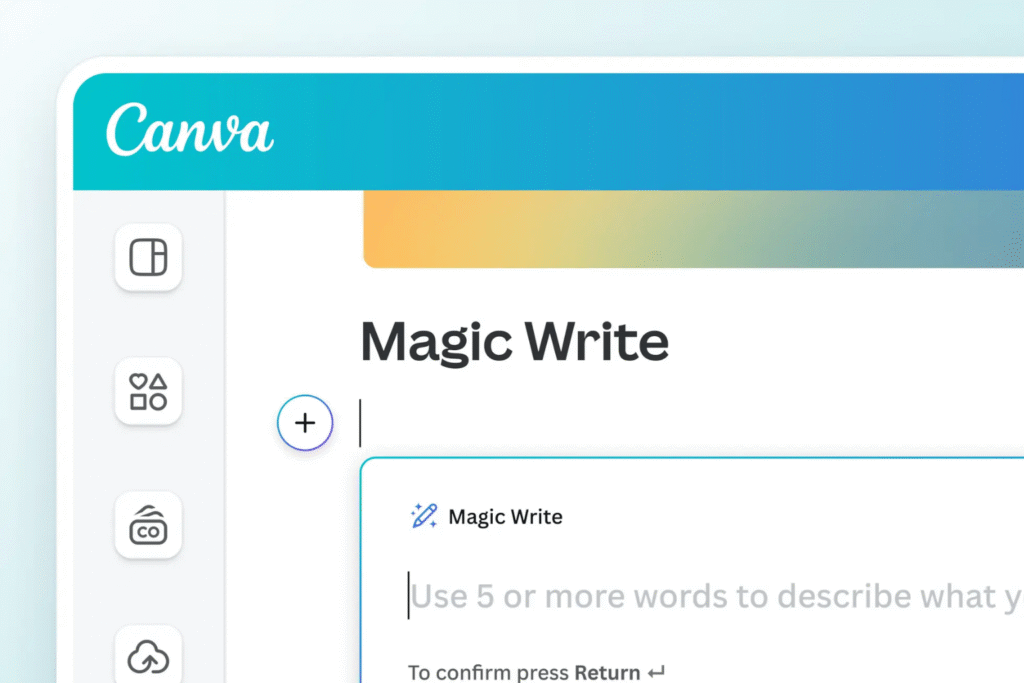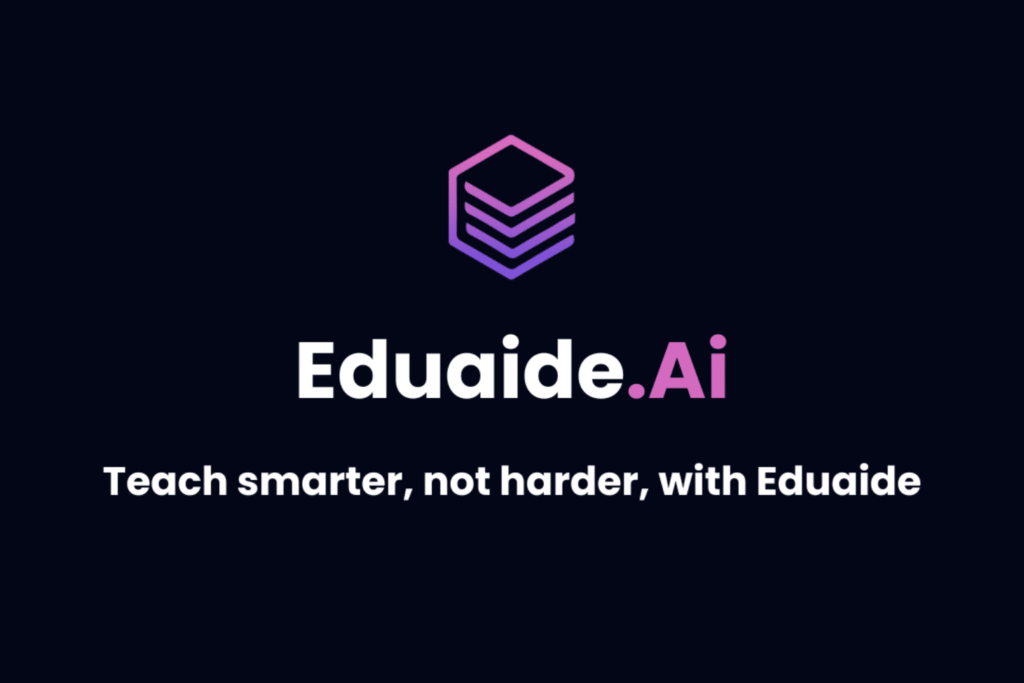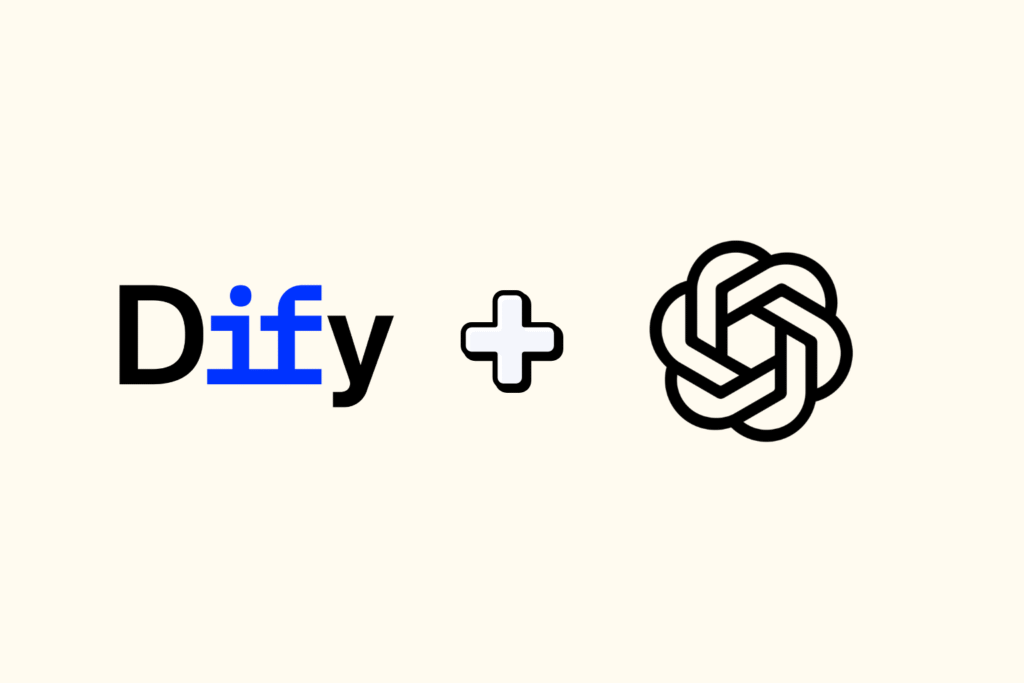The internet is a sea of possibilities and nowadays it has become much more than entertainment, as it is a source of income for many people. Do you want to learn how to monetize your use of the digital world?
Look know 5 ways to earn money online (the 5th still little explored).
When we talk about How to earn money on the Internet, there are, in fact, an infinity of possibilities. Few – if not non-existent – niches that cannot be marketed in some way in the digital world.
In this article, you'll find out about some ways you can earn extra income – or even use the internet to be your only source of income. Come on?

Table of Contents
1st way to make money online: have your own store

The first way to make money online is to have your own digital store. Maybe this is one of the most conventional ways and one of the positive sides is being able to work with those products that you most identify with.
Another positive point of having an online store is that it is a less bureaucratic, more agile and cheaper form of commerce when compared to face-to-face stores.
If you're going to sell something that doesn't need a lot of storage space (like veneers, for example), you can do it from your home, without having to rent any kind of place.
In that case, you can either work selling third-party products or your own products.
In the first case, the profit margin is lower, however, it is simpler and by choosing a well-known supplier you automatically generate credibility in the market.
When choosing to work with your own products, the profit margin is higher, but it requires more time and dedication, as you will be responsible for production.
What is the best? Well, a lot depends on your availability and your particular reasons as well.
2th Perform work as a freelancer

Another interesting option of make money online is through the services of freelancer.
O freelancer is a professional who works by picking up services on the internet on work platforms.
These services are varied, but are usually in the area of marketing, engineering, accounting, design and other areas whose services can be outsourced, without the need for an employment relationship.
For example, if you are knowledgeable in design can accept services from different companies to carry out.
The good side of this option is that you work as much as you want, having high flexibility. It is ideal for those who want to earn that extra income doing something they are used to.
3th Work with digital marketing

Digital marketing is a huge universe and you can make money from it in different ways.
One of the ways to make money online most common is through affiliate marketing.
In that case you will use marketing tools (social media, emails, YouTube and the like) to promote third party products. For every completed sale you earn a commission.
In addition, you can also earn money by working directly with marketing solutions.
You can, for example, work with marketing content, with SEO structuring and many other areas that involve this market.
There is no enterprise that does not need good digital marketing strategies, so you will have a lot of market to work with if you are familiar with this subject – and sometimes it is even worth specifying.
4th Creator economy
If you have some knowledge to share, you can bet on making your own content, courses and training.
This has become a very strong market, even more so after the pandemic, where distance courses were the only option for the population.
Among the most sought after areas, we can mention:
- Digital marketing
- finance
- excel
- About leadership and relationships
- Oratory
- Accounting
- Physical exercises
- Welfare
You don't necessarily need an academic background, but you need to be able to approach the subject and pass it on to students.
In addition, it is necessary to have didactics so that, in fact, students understand and apply all the content passed.
It's an area that can be a bit of work at first, but if you have something really cool to bring, it will pay off. This is a very promising way to earn money online.
5th way to make money online: Create your own app
An option still little explored on digital to earn money online is through apps. Have you noticed that there are apps about basically everything?!
Well, it is a very promising area, formerly with a very high barrier, because you needed to know how to program to work in this area, today it is not quite like that.
There is no longer a need to know how to program to develop applications of all levels of complexity, no-code tools make application development very accessible.
As the no-code is still new in Brazil, it becomes a great opportunity.
In this context, you can either create an application to market, or develop a app to support your work (such as the work options mentioned above) or even provide application creation.
Ultimately, when we talk about ways to make money online, there are many possibilities.
The important thing is to explore the market, invest in what you have an affinity for and always seek to have tools that make your day-to-day life easier, such as the applications themselves.
Additional Content:






















